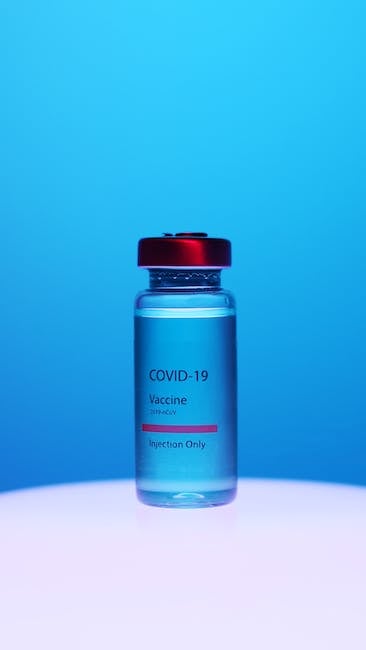
Contents
What role does international cooperation play in developing a malaria vaccine?
The purpose of this post is to inform readers of the progress and challenges in developing a preventative shot for malaria.
Malaria is a major public health concern, affecting over 219 million people each year, and over 438,000 of those cases result in death. While mosquitoes transmit the disease, research and development efforts are being undertaken to create a preventative shot for malaria. This post will explain the progress and challenges in developing a malaria vaccine.
Progress in Malaria Vaccine Development
Work on a preventative vaccine for malaria has been ongoing for more than a century, and some notable successes have been achieved in recent years. Perhaps foremost is the RTS,S Clinical Trials Partnership, which resulted in a vaccine that reduced the rate of disease in infants and young children by nearly 50%. The RTS,S vaccine is the first vaccine to show efficacy against malaria in humans.
Other major progress has been achieved by the development of the PfSPZ vaccine, which is an experimental vaccine that targets the parasites that cause malaria. Developed by Sanaria Inc., the vaccine has been shown to provide a protective immune response in both animals and humans. In clinical trials, the PfSPZ vaccine has demonstrated the capacity to produce immunity with a single dose and without the need for multiple doses.
Challenges in the Development of a Malaria Vaccine
While progress has been made, the development of an effective and widely-applicable vaccine for malaria remains a major challenge. Some of the key issues include:
Immunogenicity
Creating a vaccine that effectively induces an immune response is one of the biggest challenges for vaccine development. While the RTS,S vaccine has performed well in clinical trials, the immune response produced is limited in its efficacy and duration. Improvements in the design and formulation of the vaccine are needed to increase its immunogenicity.
Cost
The cost of a preventative vaccine for malaria remains an issue for both its development and implementation. Vaccines are expensive to develop, and in some cases, particularly in developing nations, cost can be a prohibitive factor in the implementation of a vaccine.
Disease Variation
Vaccine development is complicated by the fact that malaria exists in many different forms. There are five different protozoan species that cause the disease, and each has its own unique method of transmission and disease course. A vaccine that is effective against one strain might not be effective against another, which creates a challenge for vaccine design.
Conclusion
While progress has been made in the development of a vaccine for malaria, there are still several challenges that must be addressed. Research is ongoing to improve the efficacy and immunogenicity of the vaccines that are being developed, as well as to reduce the cost of development and implementation. With continued research and development, a viable vaccine for malaria is within reach.
